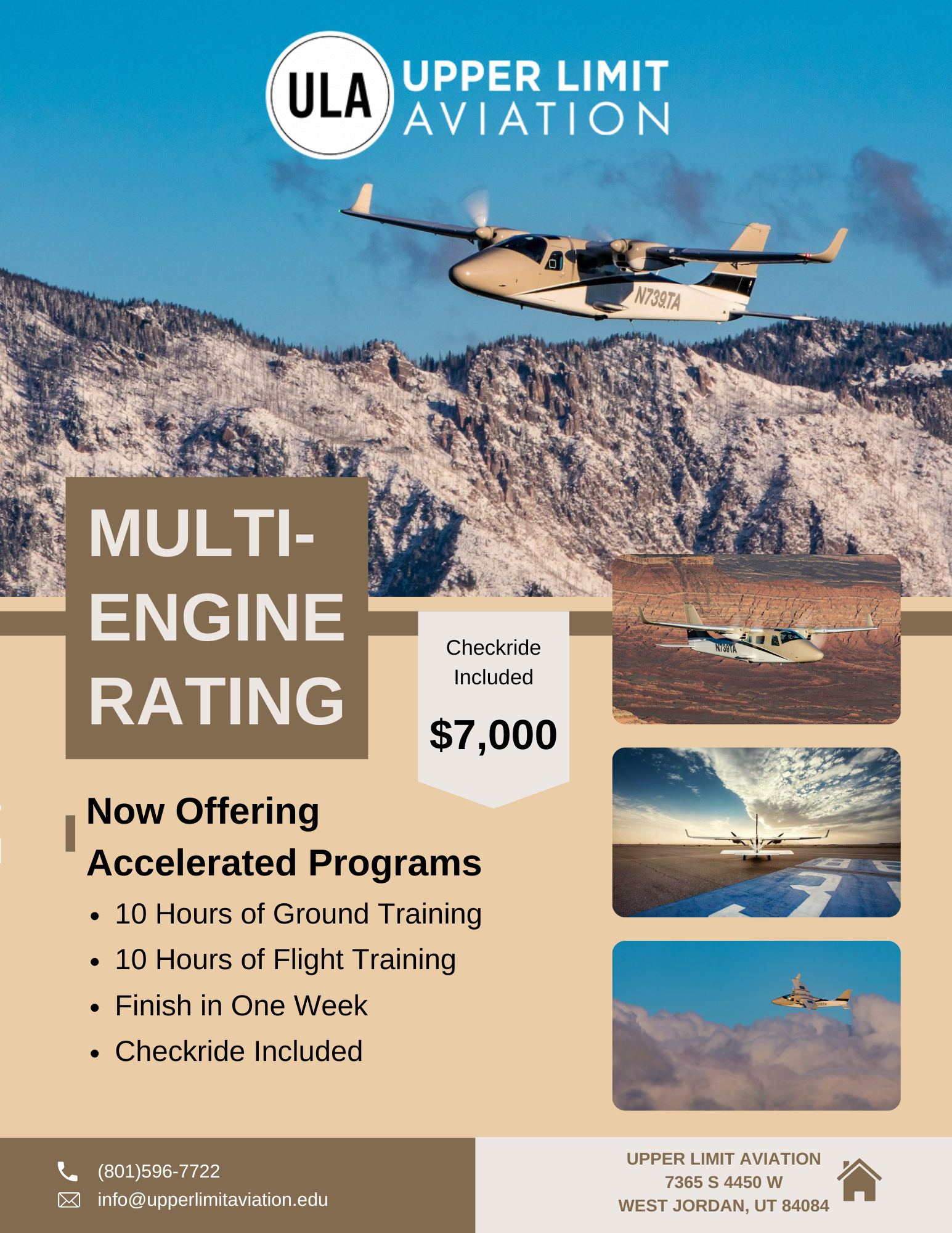The Growing Pilot Problem is Getting Worse for Regional Carriers
Anders Clark Republic Airways recently filed for bankruptcy, but few people were aware of it. That’s in part because Republic Airways is not a recognized name in air travel. However, many people fly with Republic on a regular basis and just aren’t aware of it. Republic operates a variety of flights for Delta Connection, United Express […]
Continuing Pilot Shortage Causes Airline to File for Bankruptcy
Anders Clark Don’t think the continuing pilot shortage is having an effect on the aviation industry? Tell that to Republic Airways, a major feeder airline who has just declared bankruptcy in New York. Republic flies smaller regional jets for three major carriers, Delta Airlines, American Airlines and United Airlines. And they say that the continuing […]
What to Expect for a Starting Commercial Airline Pilot Salary
Jennifer Payne Pilots have been underpaid, leading to overworked and fatigued pilots, which creates a shortage of qualified applicants. Has aviation finally learned that low wages are hurting the industry? It first needs to be clarified that this is the starting commercial airline pilot salary for all pilots. At the beginning of every pilot’s career, […]
Pilot Shortage: What Should the Aviation Industry Do?
With a thirty-five percent increase in global travelers, there are more than half a million aviation positions currently available for qualified pilots. The aviation industry is working hard to meet that demand, but experts are saying there may be a serious pilot shortage. Both fixed wing and helicopter pilots are required and, in addition, many pilots […]

